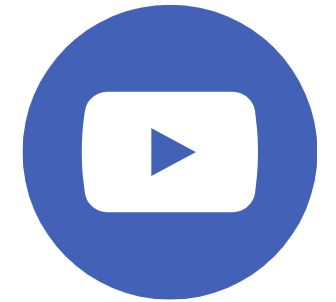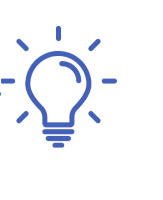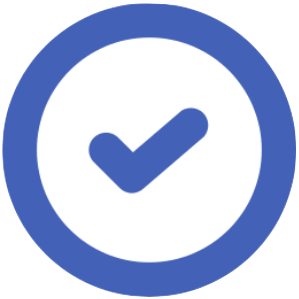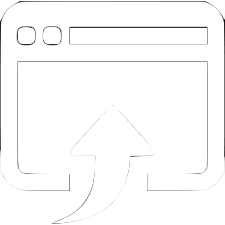 YOUTUBE VIDEO:
https://www.youtube.com/watch?v=Bz-mapOPlGk
YOUTUBE VIDEO:
https://www.youtube.com/watch?v=Bz-mapOPlGk
 Dark Web ESL Lesson Plan Description
Dark Web ESL Lesson Plan Description
OVERVIEW & OBJECTIVES
This ESL dark web lesson plan offers engaging activities, PDF worksheets, and digital materials designed for B2 upper intermediate students. In this lesson, students will:
- Identify and discuss the three layers of the internet and their differences.
- Watch a video explaining the dark web and its potential uses, both good and bad.
- Expand their vocabulary with terms related to online privacy, security, and illicit activities.
- Debate ethical dilemmas involving online anonymity, censorship, and digital responsibility.
- Engage in a real-world discussion about controversial online practices and their moral implications.
PREVIEW & DISCUSSION
Students begin this ESL dark web lesson plan by analyzing a visual representation of an iceberg to classify the three layers of the internet: Surface Web, Deep Web, and Dark Web. They label each section and discuss how these layers differ in accessibility and content. Then, students predict which characteristics belong to each layer, such as criminal activity, academic research, and cryptocurrency transactions. Afterward, they assess common statements about the internet, deciding whether they are fact or fiction. Finally, students discuss whether the dark web can have legitimate uses, forming their own opinions before watching the video.
VIEWING ACTIVITY
Students watch a video that explores the hidden side of the internet, explaining how the dark web is accessed using special browsers like Tor. The video outlines both the privacy benefits and dangers of this part of the web, highlighting how it can be a hub for illegal activities but also a tool for anonymity and free expression. While watching, students complete an activity in which they categorize different internet characteristics under the correct web layer. They also answer comprehension questions about the video, such as how the dark web can be used for good and what examples of deeper web activity exist. Lastly, students complete a gap-fill listening task, selecting the correct word in sentences taken from the video.
DISCUSSION & VOCABULARY
Students reflect on the video by discussing the significance of the different layers of the web. They consider whether shutting down the dark web is feasible and whether doing so would have positive or negative consequences. Next, students complete a vocabulary activity by matching definitions to key internet-related terms such as censoring, clickbaiting, and anonymous browsing. Finally, they engage in a conversation about which of these online practices they find most problematic and share personal experiences related to digital privacy, online manipulation, or cybersecurity.
WHERE TO DRAW THE LINE? THE GRAY AREAS OF THE WEB
In the final activity, students explore the ethical gray areas of the web by analyzing real-world scenarios. They read about different people’s experiences with online issues like censorship, VPN use, and crowdsleuthing. Working with a partner or their teacher, students identify the topic of each scenario and discuss the ethical dilemmas involved. They share their opinions on whether these behaviors are justified, where to draw the line, and who should have the authority to regulate online activities. This discussion allows students to apply their critical thinking skills and debate the complexities of digital ethics in today's world.
BENEFITS OF USING THIS ESL DARK WEB LESSON PLAN
This ESL lesson plan about the Dark Web provides a structured yet thought-provoking approach to a fascinating topic. Teachers can engage students with relevant, real-world discussions about online privacy, security, and ethics. The video-based activities support comprehension while reinforcing critical listening skills. The vocabulary exercises introduce students to essential digital literacy terms in context. The debate and discussion elements encourage critical thinking and personal reflection. Finally, the activation task ensures that students apply their learning in meaningful, real-world scenarios, making the topic both accessible and impactful.
 Video Description
Video Description
 Lesson Activities
Lesson Activities
Dark Web, Privacy, Cybersecurity, Ethics, Internet Layers, Digital Responsibility
Layers of the Internet, Short Answers, Word Choice
Internet / Web-related Vocabulary, Cybersecurity-related Vocabulary
Discussions (about "gray areas" of the web), Quiz & Review, Lesson Reflection
 Lesson Topics
Lesson Topics
Dark Web, Privacy, Cybersecurity, Ethics, Internet Layers, Digital Responsibility


 Like us on facebook
Like us on facebook
